Ggol - Jeonju Branch [Tax Refund Shop] (꼴 전주점)
1.7Km 2024-04-19
21, Eunhaeng-ro, Wansan-gu, Jeonju-si, Jeollabuk-do
-
Jeonju Jeondong Catholic Cathedral (전주전동성당)
1.7Km 2024-05-27
51 Taejo-ro, Wansan-gu, Jeonju-si, Jeonbuk-do
Jeondong Catholic Cathedral in Jeonju was built in honor of Roman Catholic martyrs of the Joseon dynasty on the very same spot the martyrs lost their lives. The land was purchased by French Priest Baudenet in 1891 (28th year of King Gojong), but construction of the church did not begin until 1908. Construction was completed in 1914, a time during which Korea was under Japanese rule. Though originally built just outside of Pungnammun Gate, the site of the martyrs, the church was later moved to its current location for expansion.
The first Romanesque building in the Honam region, Jeondong Catholic Cathedral is made of gray and red bricks and bears a striking resemblance to the Myeongdong Cathedral in Seoul, also designed by Priest Poinel. Not only considered one of the most beautiful Catholic churches in Korea, some even go so far as to say it is one of the most beautiful structures in all of Korea, citing the church’s unique combination of Byzantine and Romanesque architectural styles. The rectangular building is topped with three Byzantine bell towers (to the right, center, and left) and boasts arched ceilings, several of which meet in the form of a cross.
It is interesting to note that some of the bricks used in construction of the church were made using materials from the Jeonjueupseong Walled Town, which was torn down by the Japanese. It is also said that the cornerstone of the church came from a wall of Jeonjueupseong Walled Town near Pungnammun Gate.
Gyeonggijeon Shrine (경기전)
1.7Km 2025-10-23
44 Taejo-ro, Wansan-gu, Jeonju-si, Jeonbuk-do
A registered Historic Site, Gyeonggijeon Shrine was founded in 1410 and holds the portrait of King Tae-jo, the founder of the Joseon dynasty. The shrine was originally given the name Eoyongjeon, but was changed to its current name in 1442, the 24th year of King Sejong the Great. The structure was partially destroyed during the Imjin War (1592-1598), and was restored in 1614. Gyeonggijeon Shrine is beloved by the locals and tourists for its elegance and the lush tree groves in the middle of the city.
Jungdam Hanok (대성 정담한옥)
1.7Km 2024-12-13
30 , Godeoksan 1-gil, Wansan-gu, Jeonju-si, Jeonbuk-do
+82-10-8753-3413
Jungdam Hanok is a private family pension located in a small rural village in Daeseong-dong, Jeonju. It has a two-story structure with a room, bathroom, living room, and kitchen on the first floor, and a large room and attic on the second floor. The kitchen is equipped with various kitchen utensils, and there is a separate barbecue area where you can cook barbecue on an iron pot lid. There are also several activities to enjoy such as karaoke machines, yutnori (Korean traditional board game), jegichagi (hacky sack), and badminton. Nearby tourist attractions include Jeonju Hanok Village, Gosan Natural Recreation Forest, and Songgwangsa Temple.
Jeonju Crafts Exhibition Hall (전주공예품전시관)
1.7Km 2024-05-28
15 Taejo-ro, Wansan-gu, Jeonju-si, Jeonbuk-do
+82-63-281-1610
Jeonju Crafts Exhibition Hall promotes the beauty of traditional Korean crafts, and is made up of a Craft Hall, Special Exhibition Hall, and Experience Hall, Visitors can see traditional art works from master artisans as well as creative works from up-and-coming artists and designers. Visitors can also create their own handcrafted items in one of their many programs.
Jeonju Pungnammun Gate (전주 풍남문)
1.8Km 2024-05-27
1 Pungnammun 3-gil, Wansan-gu, Jeonju-si, Jeonbuk-do
+82-63-287-6008
Pungnammun Gate was built during the Joseon dynasty in 1734 and is a designated Treasure. Pungnammun Gate was the southernmost gate among the four city gates of Jeonju. The structure was severely damaged by fire in 1767, followed by the restoration of the gate tower afterward. The gate was burnt down once again during the Imjin War and was restored to the gate that is seen today.
Kakao Friends - Jeonju Hanok Village Branch [Tax Refund Shop] (카카오프렌즈 전주한옥마을)
1.8Km 2024-04-19
1F, 126, Paldal-ro, Wansan-gu, Jeonju-si, Jeollabuk-do
-
Royal Portrait Museum (어진박물관)
1.8Km 2024-04-07
44, Taejo-ro, Wansan-gu, Jeonju-si, Jeonbuk-do
+82- 63-231-0090
Opened on November 6, 2010, the Royal Portrait Museum is one of the newest attractions of Jeonju, located within the Gyeonggijeon Shrine. Royal Portrait Museum is a valuable museum as a new tourism resource of Jeonju as well as Gyeonggijeon Shrine and the Portrait of King Taejo, as well as other various high-class exhibitions to preserve, manage, and enhance the glorious cultural assets of Joseon royal family. The museum is comprised of one above-ground level and one underground level with an area of 1,193.71 square meters. The Portrait of King Taejo and six other king’s portraits (Portrait of King Sejong, King Yeongjo, King Jeongjo, King Cheoljong, King Gojong, and King Sunjong) are exhibited on the first floor. The portraits are preserved in temperature- and humidity-controlled cases. In addition, the museum houses History Hall, Palanquin Hall, a planned exhibition hall, resting area, management office and storage room for relics. Palanquin Hall exhibits Hyangjeong (Palanquin for Incense Burner and Case), Sinyeon (Palanquin for Royal Portrait and Palanquin for Mortuary Tablet), Chaeyeo (Palanquin for High Officials), Gagyo (Palanquin for Ritual Items) featuring Korea’s sole preserved palanquin. History Hall houses approximately 80 relices related to Gyeonggijeon Shrine and Jogyeong Shrine, ancestral ritual ceremony, building, and others relics. Since the museum's opening, it makes continual efforts to become a central place for Jeonju residents to fulfill their cultural feelings. The museum operates various program like exploring famous historic sites in Gyeonggijeon Shrine, hands-on programs such as a guard experience to protect the shrine, and duplicating Gyeonggijeon Shrine’s relics using traditional portrait-making techniques.
Jeonju Nambu Traditional Market (전주 남부시장)
1.8Km 2025-07-22
19-3 Pungnammun 1-gil, Wansan-gu, Jeonju-si, Jeonbuk-do
+82-63-284-1344
Jeonju Nambu Traditional Market opened as a regular public market in 1905 at the site of the Joseon-era Nammunbakk Market, located just outside the Southern gate to the city. Currently the market is comprised of about 800 stores with 1,200 workers selling vegetables, fruits, food, dried fish, furniture, silk goods, and general goods.
The market was revitalized with the creation of the Youth Market, located in the previously empty shops on the second floor of 6-dong. An influx of young shopkeepers and entrepreneurs has given the marketplace an exciting vibe like that found in Hongdae or Samcheong-dong.
The night market held on Fridays and Saturdays also draws in many visitors with a multitude of delicious treats, ranging from traditional dishes such as nokdujeon (mung bean pancake) to fusion treats like bibimbap served in rice paper like a spring roll.
Fine day (좋은날)
1.8Km 2024-12-23
37-7 , Jeondongseongdang-gil, Wansan-gu, Jeonju-si, Jeonbuk-do
+82-10-2607-3326
A Fine Day is a hanok stay on Jeondong Cathedral Street, Jeonju, Jeollabuk-do, which combines hanok tradition with modern convenience. The wood floor and red clay-lined walls and ceilings are a pleasure to wake up to. The rooms are well heated and have toilets, shower booths and bidets. From the wooden porch guests can enjoy a beautiful sunny garden planted with wildflowers and trees. Nearby attractions include Gyeonggijeon, Omokdae, Jeondong Cathedral and Nambu Market (great for food!).

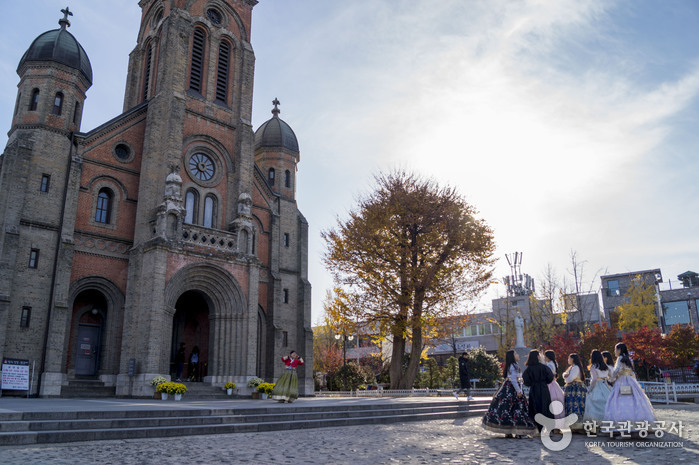
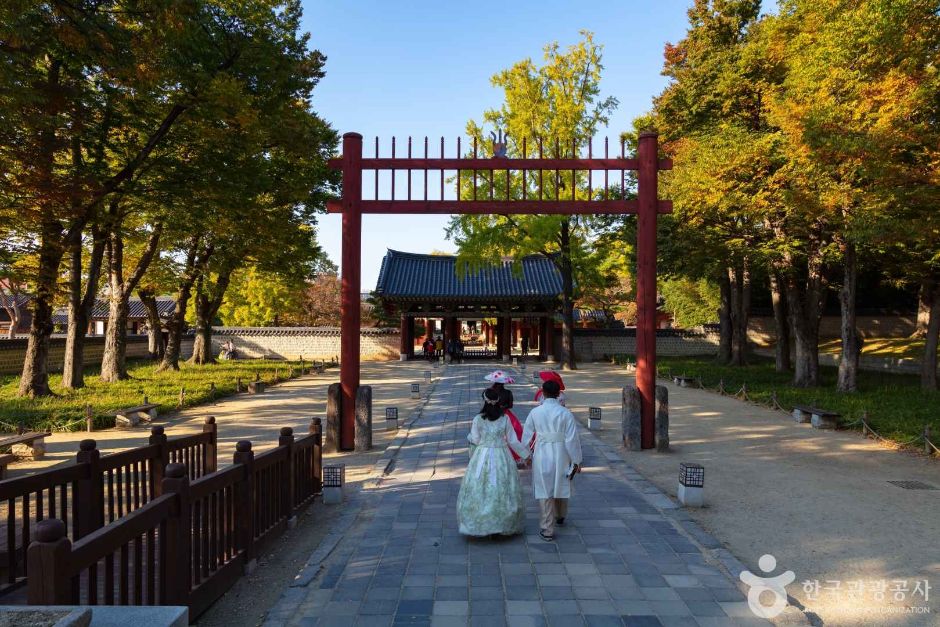

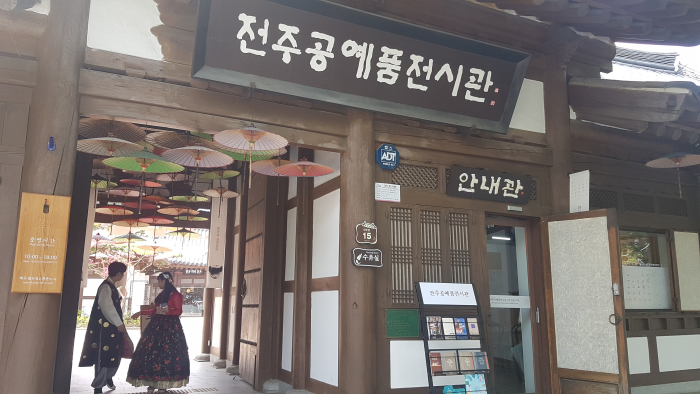
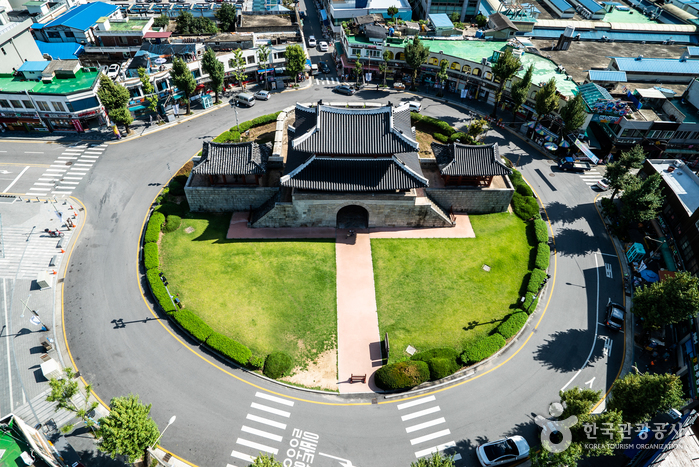
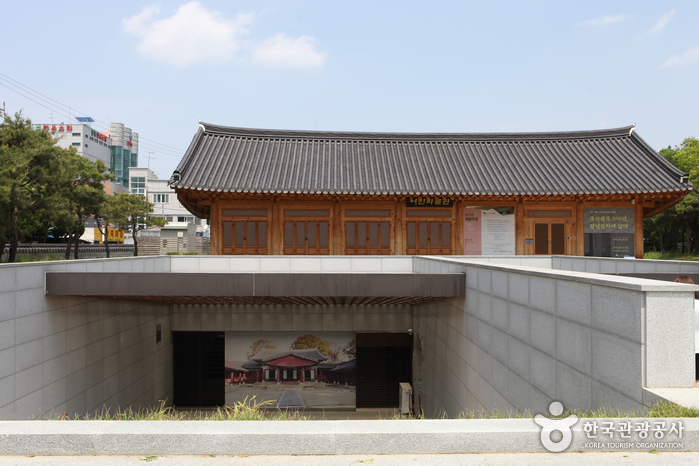
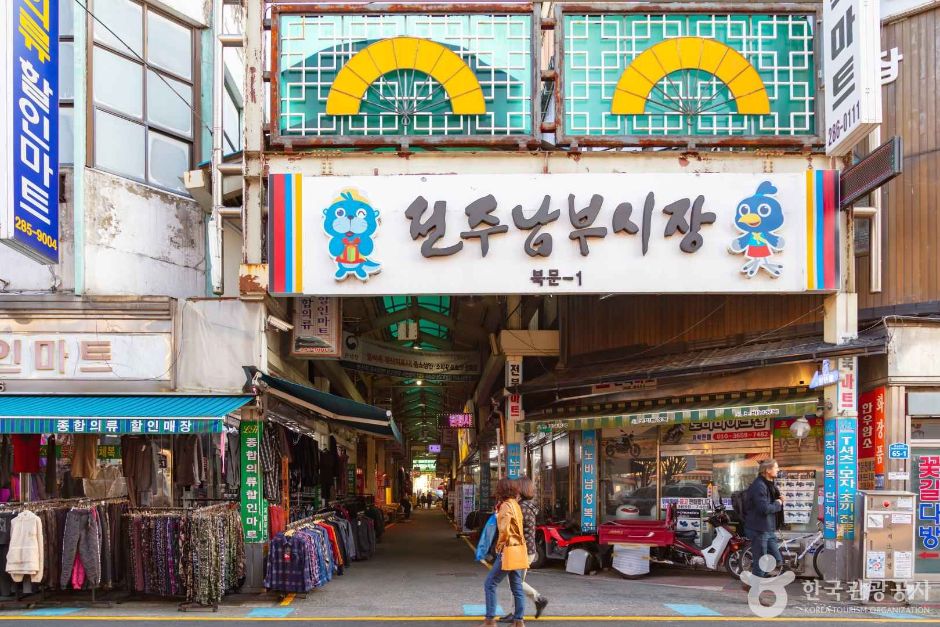
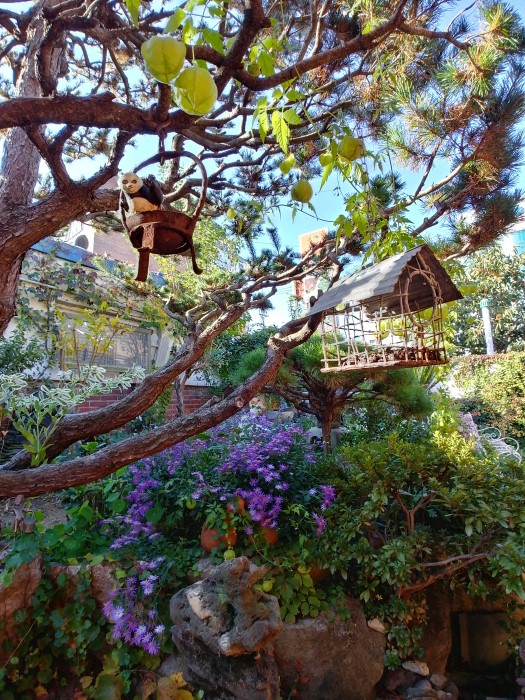
 English
English
 한국어
한국어 日本語
日本語 中文(简体)
中文(简体) Deutsch
Deutsch Français
Français Español
Español Русский
Русский